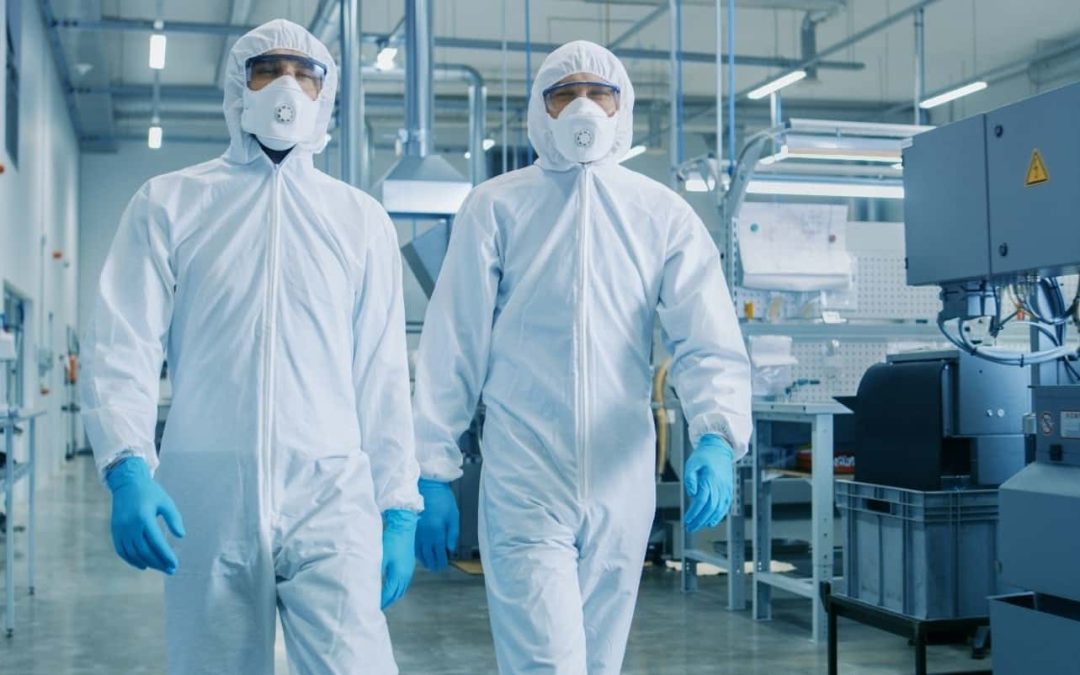
Sensitive products ranging from hotdogs to semiconductors to NASA satellites and Advil, make use of cleanroom manufacturing. A cleanroom is any contained space made to minimize airborne particulates and control other environmental specifications such as pressure, humidity, and temperature. A key component of all clean rooms are High-Efficiency Particulate Air (HEPA) and Ultra Low Particulate Air (ULPA) filters; all air that enters a cleanroom environment passes through one of these filters. In conjunction with the filters, two main airflow principles are employed: laminar and unidirectional. According to Thomasnet.com, a leading voice in manufacturing, Laminar air flow refers to air that flows in a straight, unimpeded path. Unidirectional flow is maintained in cleanrooms through the use of laminar airflow hoods that direct air jets downward in a straight path, as well as cleanroom architecture that ensures turbulence is lessened. Depending on the product and specifications of your cleanroom (based on the square footage and allowed numbers of particles in the room,) you will receive a classification; there are both federal and international standards.
Now that we know what clean rooms are, what industries use them, and a general understanding of how they work, let’s discuss how ACECO provides cranes for these meticulous manufacturers. Our cleanroom hoists and cranes are engineered to lift and lower materials and goods safely and efficiently without introducing contaminants into the space. We manufacture them in various designs and configurations to suit different situations, such as satellite and semiconductor manufacturing operations. The clean room hoists are available in electric chain wire rope models, and synthetic rope models, while clean room cranes are available in overhead or jib models. Our standard clean room hoist and crane offerings are available with load capacities to suit the application. Additionally, we can design, engineer, and fabricate custom material handling or overhead lifting solutions to meet highly specific or unique customer requirements. We also offer inspection, testing, repair, rebuilding, and upgrading services.
So next time you turn on a piece of technology, bite into a sandwich, or take some medicine, you can appreciate the careful process that goes into manufacturing such an item.


